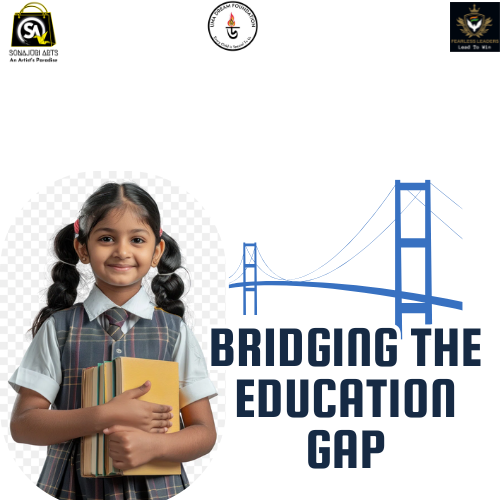Currently Empty: ₹0.00

In the heart of urban India, where bustling streets and towering skyscrapers dominate the skyline, lies a more subtle and pervasive issue—education inequality. In cities like Kolkata, where the divide between the rich and poor is stark, the education system fails to serve all equally. This is where initiatives such as an Education NGO in Kolkata play a crucial role in transforming the educational landscape for underprivileged students. These organizations are not just providing access to textbooks and classrooms but are actively shaping futures, breaking the chains of poverty, and fostering sustainable growth for generations to come.
The Stark Reality of Educational Disparity in Urban India
India is home to some of the world’s largest and most prestigious educational institutions. However, this success story is largely reserved for a privileged few. For millions of children in the country’s slums and underdeveloped neighborhoods, education remains a distant dream. In urban centers like Kolkata, the poorest children are caught in a cycle where they are either forced to drop out of school due to financial constraints or are simply not able to access quality education in the first place.
The disparity begins from the early stages of schooling. While children in affluent areas enjoy access to well-equipped schools, extracurricular activities, and private tuition, underprivileged students face overcrowded classrooms, a lack of basic infrastructure, and insufficient teaching staff. Even more alarming is the fact that many children are forced to work, either in factories or on the streets, to support their families. Education, in these circumstances, becomes a luxury—one that these children can seldom afford.
The Role of NGOs in Addressing Educational Inequality
Several Education NGOs in Kolkata have stepped forward to fill this void, offering free education, skill development programs, and holistic support to children from marginalized communities. By focusing on the quality of education, these organizations bridge the gap between private and public schooling, offering opportunities to those who need it the most.
One such organization is Teach For India, which partners with local schools and communities to offer a world-class curriculum that meets the needs of underprivileged students. These initiatives go beyond just academics. They equip children with the tools they need to navigate life’s challenges—be it personal development, critical thinking, or career guidance. The key to their success lies in a curriculum that is not only relevant but also engages the students actively.
Another notable project in Kolkata is Parivartan Foundation, which has been actively involved in creating a conducive learning environment in the city’s underserved neighborhoods. From providing free school supplies to conducting after-school tutoring, organizations like these are leveling the playing field for students who might otherwise fall through the cracks.
The Challenges of Supporting Underprivileged Students
While the efforts of education-focused NGOs are commendable, the journey of supporting underprivileged students in urban India is fraught with challenges. One of the most significant hurdles is the deeply ingrained social inequality that continues to affect children in marginalized communities. Many students come from families that prioritize survival over education, making it difficult for them to see the long-term value of schooling.
Additionally, the lack of a stable home environment further hinders a child’s academic progress. Poverty often means inadequate nutrition, limited access to learning materials, and, in some cases, an unsafe living situation that causes students to miss school or, worse, drop out entirely. Even the best-designed educational programs cannot overcome these social and economic barriers unless they are paired with broader community development efforts.
To address these challenges, many NGOs are adopting an integrated
